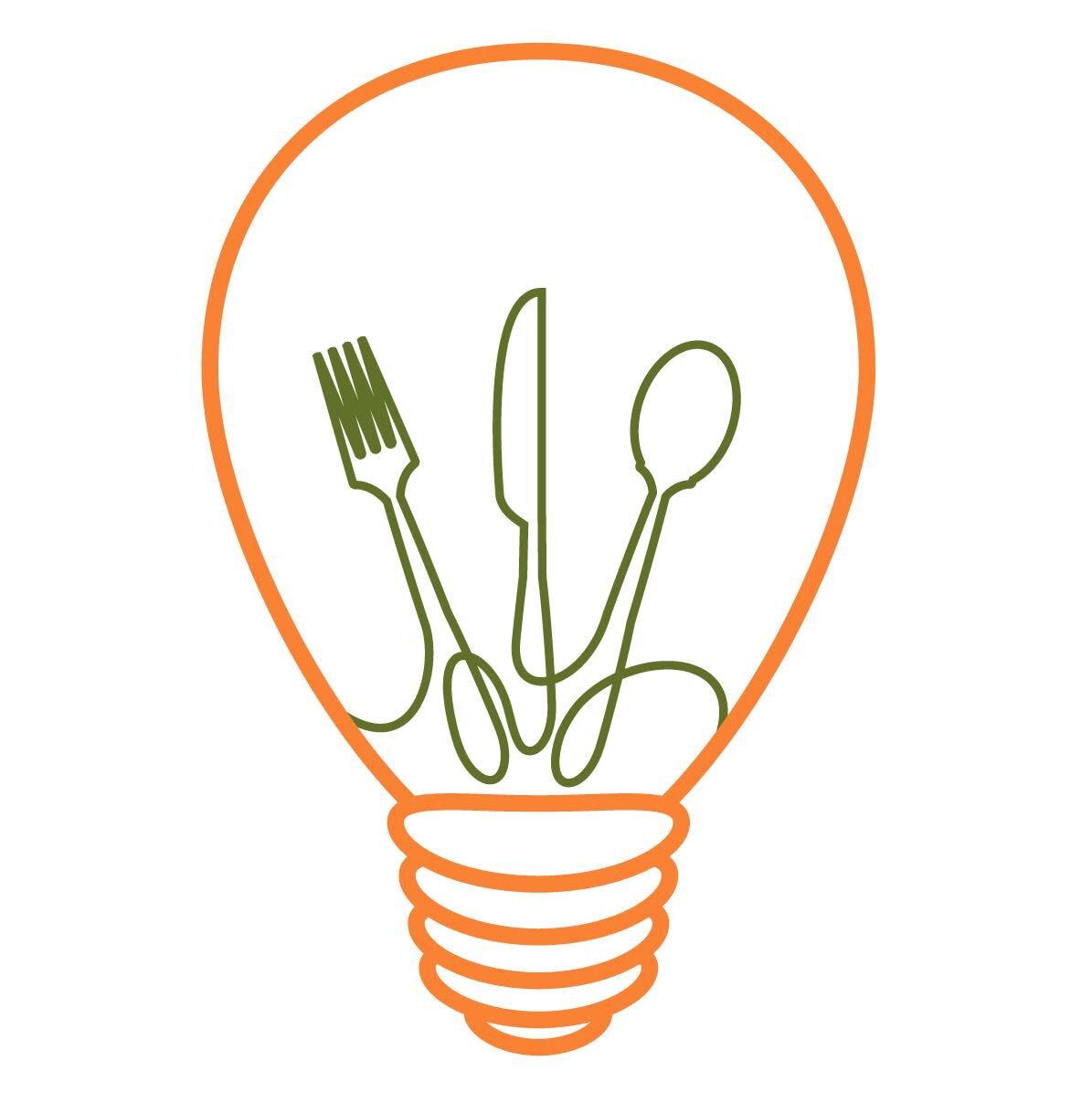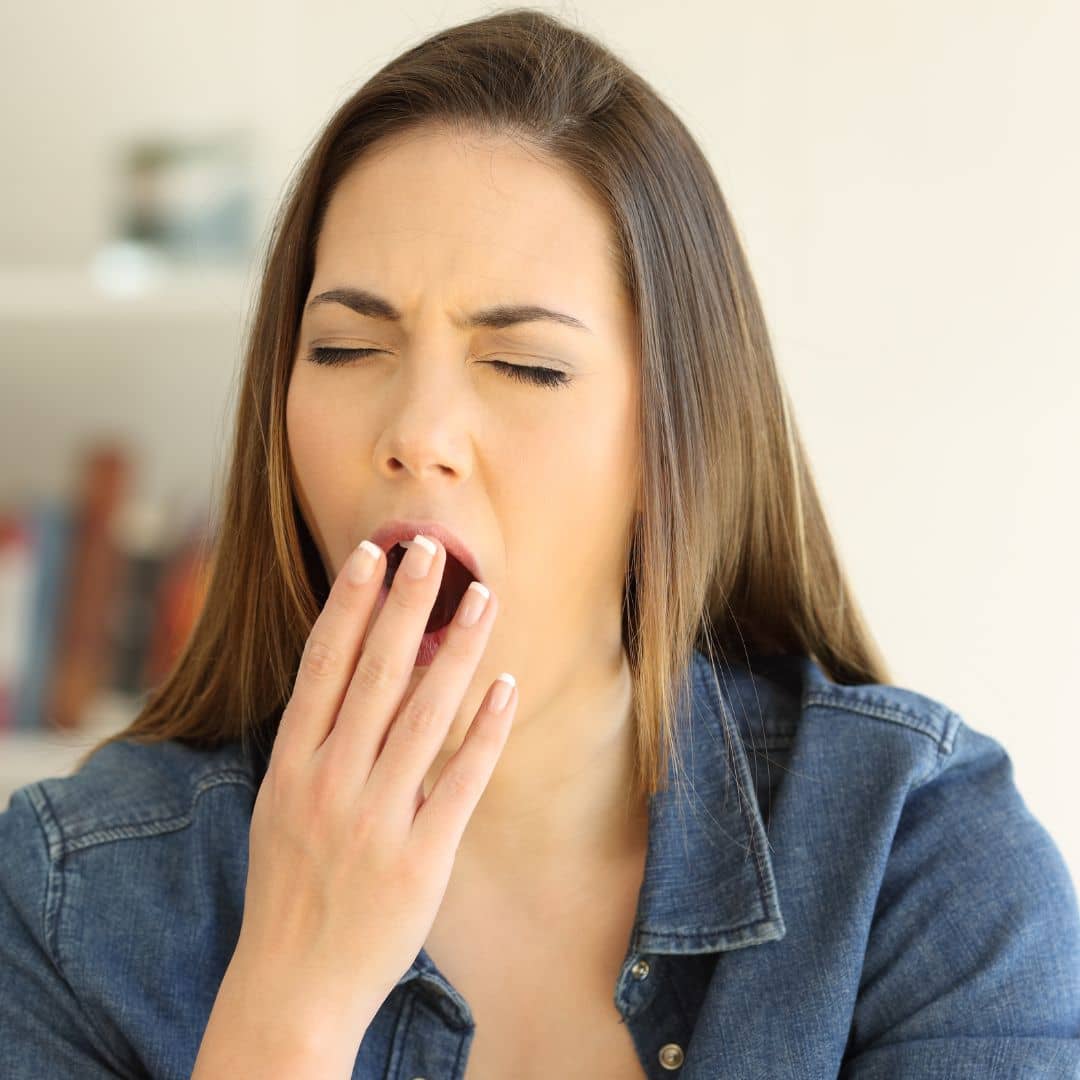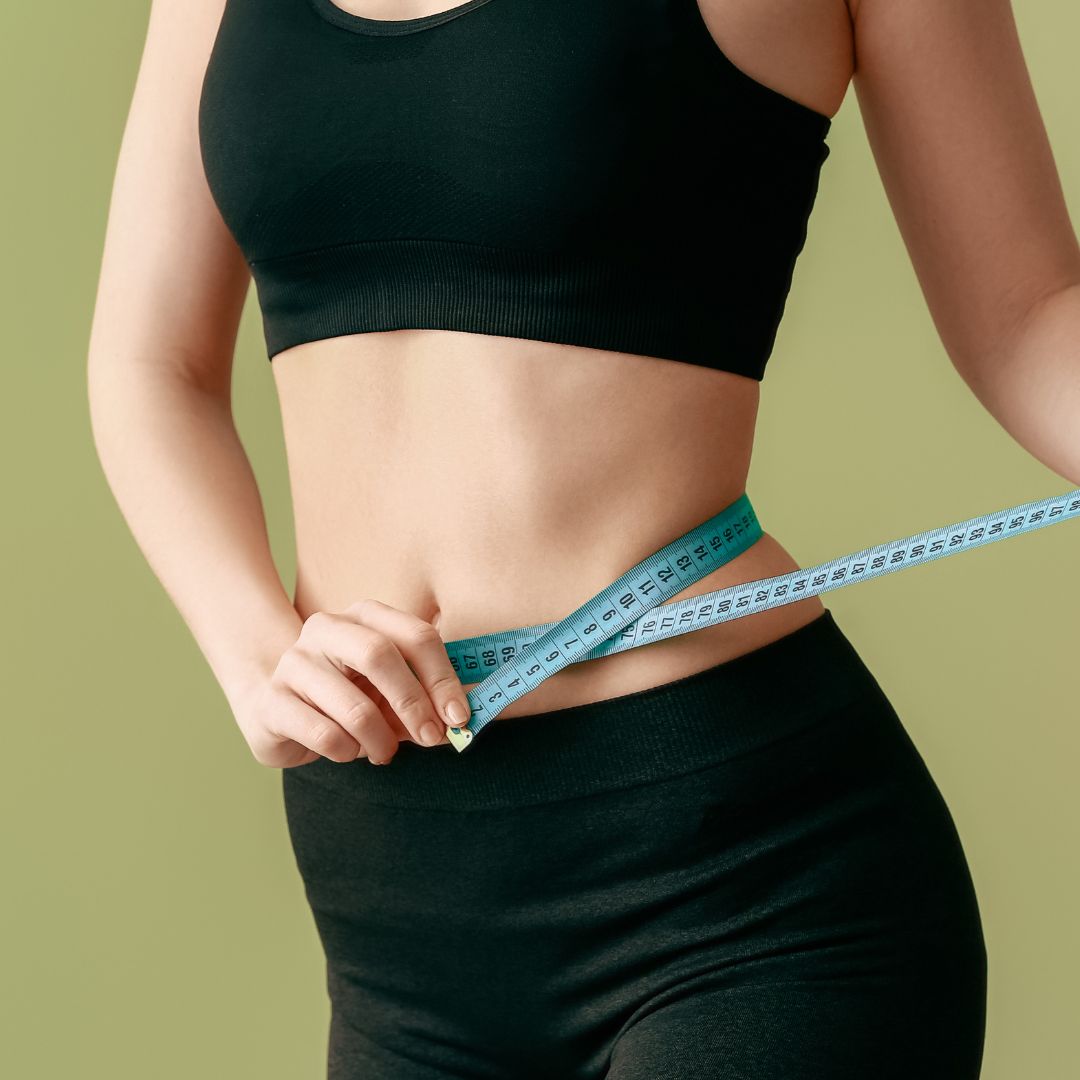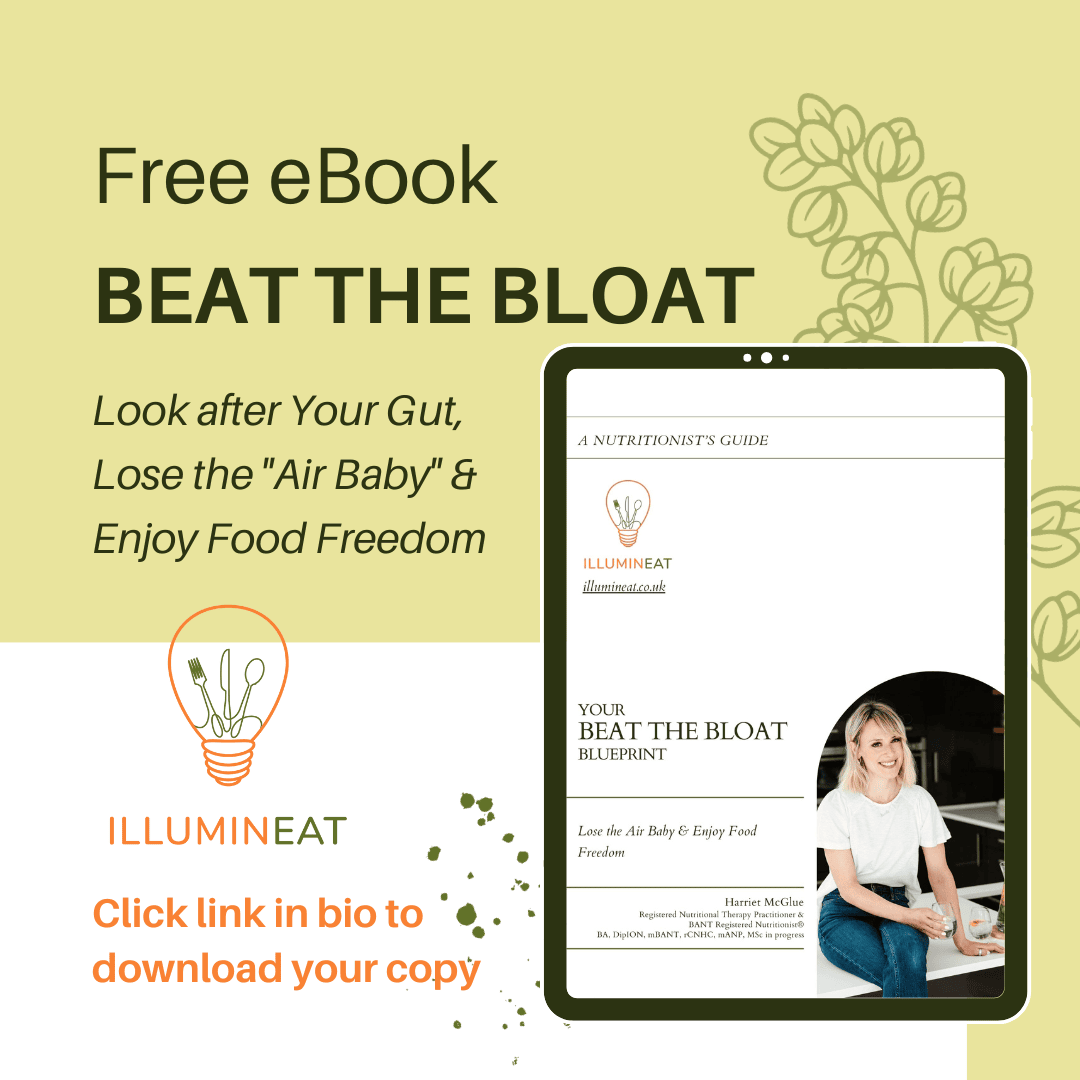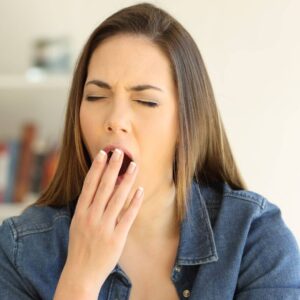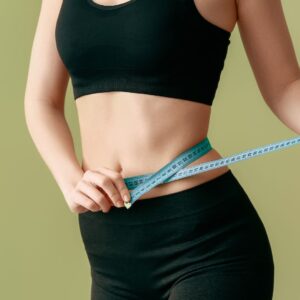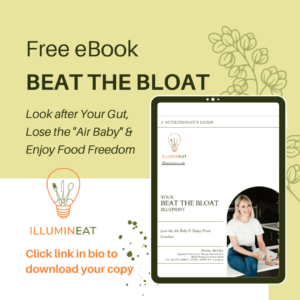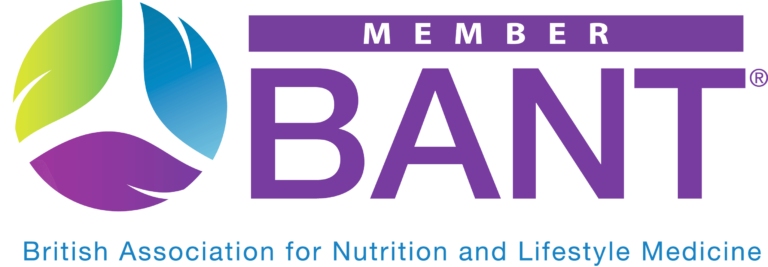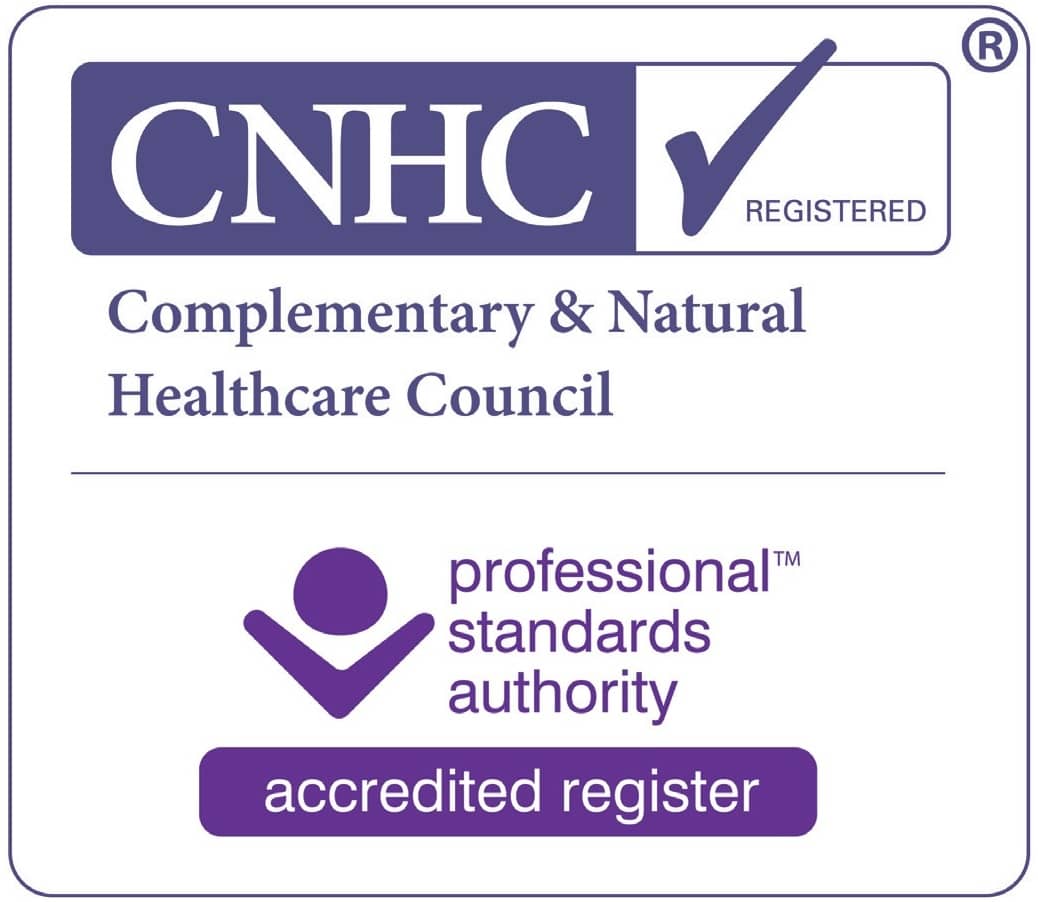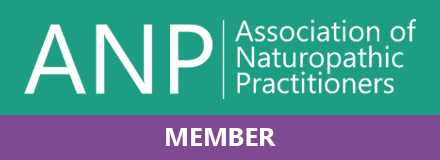Following on from my last blog about how to eat on your period, in this article I’ll be covering what to eat in the follicular phase. Technically this phase begins on the first day of your period, but many functional practitioners prefer to separate out the menstruation phase (days 1-5 or so) as its own ‘season’, and refer to the days after your period through to ovulation (around day 14) as the follicular phase.
What are our hormones doing?
Hormones are much more balanced and optimal in this phase, with oestrogen and progesterone gradually on the rise (after bottoming out for our period). Ovarian follicles are growing and developing, preparing for ovulation and the release of a mature egg. Our uterus lining (the endometrium) is getting thicker thanks to proliferative oestrogen. These facts should help guide what we eat in the follicular phase.
How do we feel?
Mentally and emotionally, we are starting to feel more positive, motivated and creative. This is a time for learning, ideas and inspiration! Physically, energy is increasing (after a lull in the first 2-3 days of our period). We can probably increase the intensity of our exercise schedule a bit and push ourselves more without repercussions.
Therapeutic foods to include
Choline-rich foods
Choline is key for healthy ovarian follicles and maturation of the dominant follicle into a mature egg. Remember, the better the quality of egg, the more lovely calming progesterone is ultimately produced. Eggs, red meat, fish, shellfish and cruciferous veggies are great sources.
Antioxidants
Antioxidants support a healthy immune system, lower inflammation and reduce oxidative stress, all of which are key for healthy ovulation. Evidence suggests antioxidants can potentially help slow down ovarian ageing, too! Be sure to eat plenty of colourful fruit and veggies (remember the darker/brighter the plant, the more lovely antioxidant polyphenols). Berries, dark leafy greens, dark chocolate, herbs and spices, nuts and seeds are packed full of them!
Cruciferous veggies
These contain the precursors of a special compound called sulphoraphane, that helps support healthy oestrogen metabolism. For those who enjoy specifics, it increases the activity of phase 2 detoxification enzymes in the liver, promoting elimination of old/excess oestrogen in the stool. Since a build-up of oestrogen can throw off the delicate balance between oestrogen and progesterone, this is a good thing. Broccoli, cauliflower, kale, Brussels Sprouts, kohlrabi and watercress are good sources, but broccoli sprouts can’t be beaten!
Fibre
Ensuring we hit our fibre target (at least 30g/day) is essential to feed the special bacteria that help us metabolise and modulate circulating oestrogen (dubbed the “estrobolome”). Our bodies rely heavily on carbs (over fat and protein) for energy in this phase. Our digestion is also at its most robust. We can capitalise on these facts by including lots of healthy, fibre-rich wholegrains, lightly cooked veg, beans & pulses.
Magnesium
Our levels of this “relaxation mineral” are naturally lowest in this phase of our menstrual cycle, so increasing intake now might reduce muscle cramping during your next period. It’s also my go-to for promoting calm and relaxation, particularly in the glycinate form.
Don’t forget to also check out my post on how to eat on your period to give yourself the best menstrual phase possible.
